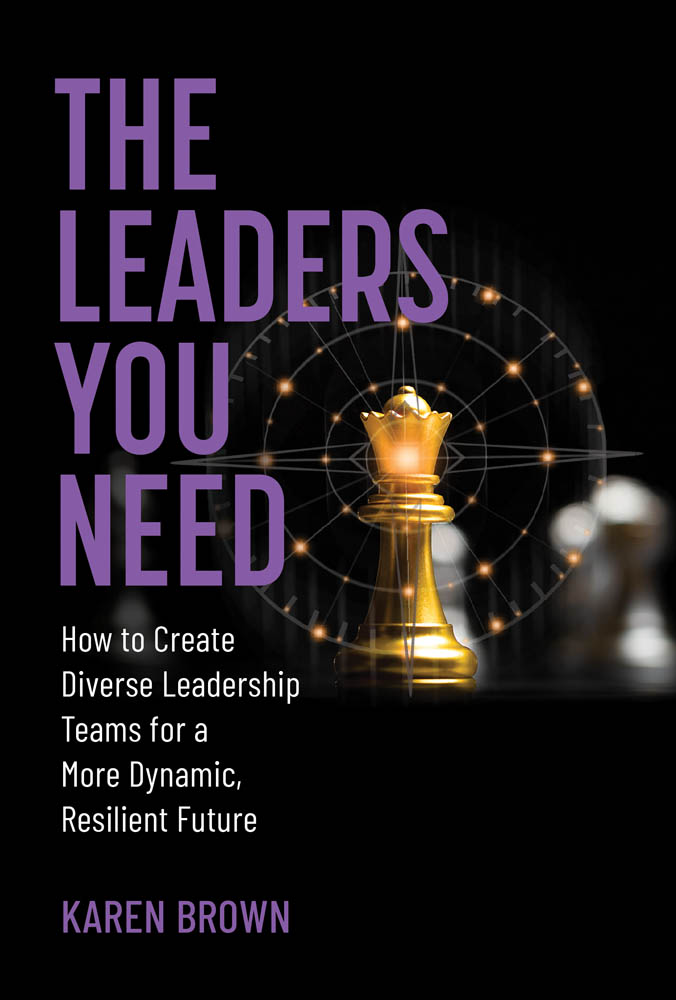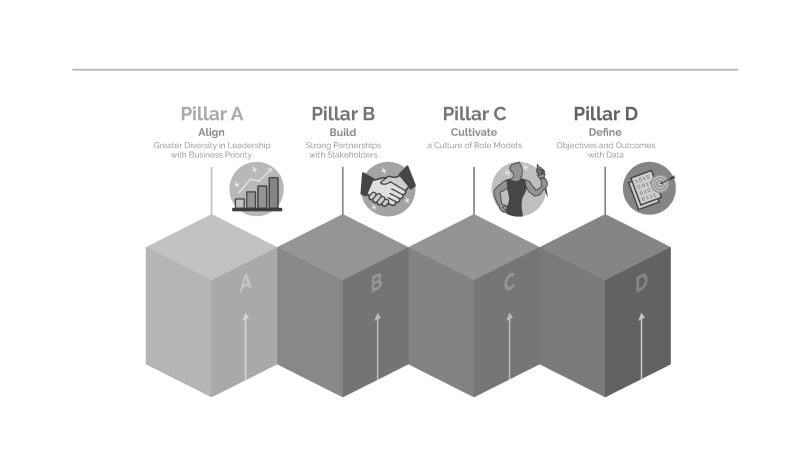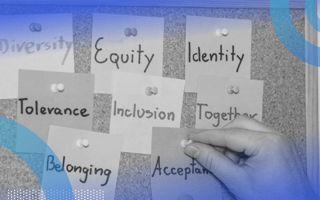Executives may in fact believe that creating a diverse, equitable and inclusive workforce is the right thing to do, but belief doesn’t make quarterly earnings.
Middle managers, who are executors of everything that comes from above, may have the same beliefs, but they don’t always see how they connect with day-to-day reality.
What does diversity have to do with the report due on Friday, the sales goals at the end of the month, or the person who didn’t show up for their shift? How does anyone make their team more diverse when they are cutting costs and laying people off?
What’s Stopping Managers From Prioritizing DEI?
Research tells us that moral suasion isn’t enough to sustain our attention. A series of experiments by economists Ernesto Dal Bó and Pedro Dal Bó found that giving people a moral rationale made them more likely to cooperate than if they were given no reason at all.
But their level of cooperation — measured by how much money participants contributed to a joint “investment account” with a partner — declined over multiple rounds of the experiment. The study found greater, and more sustained, cooperation when participants were told they could be punished for not contributing the suggested amount, but even then, the contributions diminished in later rounds.
Interestingly, participants’ expectations of each other played a significant role in their behavior. Those who had a moral rationale were more likely to cooperate when they thought others got the same message. Other research on what motivates people to do the right thing similarly observes that as social beings, we tend to behave how others expect us to — that is, according to the norms in our environment.
This — our wish to do what others expect — is at the heart of what is missing from most corporate diversity, equity and inclusion efforts. Whatever their good intentions, managers will manage according to what their organizations expect of them.
And they know what they are expected to do by what they’re held accountable for. Unless they can see that creating an inclusive work environment and developing diverse leadership talent will help them meet their objectives, most won’t make it a priority.
Why CEOs Struggle to Diversify Management
Sallie Krawcheck is chief executive officer of the investment firm Ellevest, which is focused on increasing women’s wealth. Prior to launching Ellevest, she was a senior executive at the financial services firms Citi and Merrill Lynch.
During a 2019 interview on The Daily Show with Trevor Noah, she observed, “I do think CEOs really believe in the power of diversity.” But the same leaders are reluctant to tell managers how to make personnel decisions that would lead to diverse leadership.

“When it comes time to promote the next person,” they might say, “‘Well, I think I read some research one time about diversity drives better results, but that young man, who reminds me so darn much of myself when I was younger, I just feel like he is going to do a better job,’” she said.
In other words, managers are told they need to hire, develop and promote a diverse slate of people. And they may agree that it’s the right thing to do. But rarely are they told how to do it or given the tools they need, and rarely is the case made for why it matters in connection to their day-to-day duties.
To get results, top leaders need to think about what will help each manager change how they lead their people, as did Anna Brown, the former chief inclusion and diversity officer at Baker McKenzie.
She describes “looking at each of our offices in each of our regions and approaching them very much on a bespoke basis” to establish goals for developing a more diverse pool of leaders, define how managers would be measured and determine the resources and tools they would need.
The ABCD Framework
Here is where the framework comes in. The four pillars of the framework provide an approach to embedding diversity, equity and inclusion in the daily decisions that leaders and managers make.
What Is the ABCD Framework?
A: Align diversity, equity and inclusion with business priorities.
B: Build strong partnerships with stakeholders.
C: Cultivate a culture of role models.
D: Define objectives and outcomes with data.
Whether you are a factory supervisor or the CEO, this framework will give you the power to maximize the talent on your team and change your organization.
Although every team, function and department should be engaged if diversity, equity and inclusion are to flourish, there is no single path to success. Each business will, because of its industry, history and culture, make its own way.

The four pillars of the ABCD framework provide an approach to embedding diversity, equity and inclusion in the daily decisions that leaders and managers make. Image created by Augusto Alvarenga.
Some of my advice applies most directly to senior leaders. In such cases, others can learn what to expect from their top leadership team and what to ask for if they don’t see it. It is already what we do to understand acceptable practices for ethics, safety, risk management and financial audits.
Any leader or manager can be a diversity, equity and inclusion champion, even when the organization as a whole has not embraced these efforts. You can use the framework to think through how and why diversity is important to the success of your team or unit.
When you apply it to creating a welcoming and inclusive work environment and nurturing the abilities of everyone on your team, you will help your organization to achieve its business goals. And you can light the way forward for your colleagues.
This excerpt is taken from The Leaders You Need: How to Create Diverse Leadership Teams for a More Dynamic, Resilient Future by Karen Brown (MIT Press, October, 2024).





